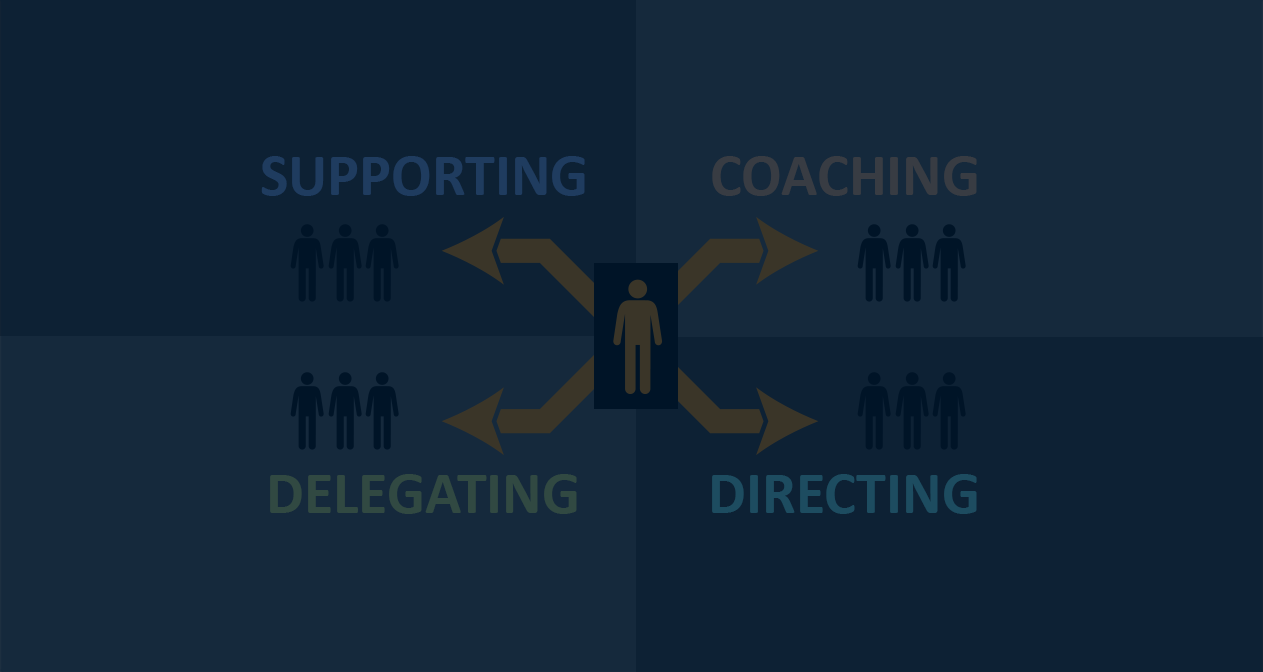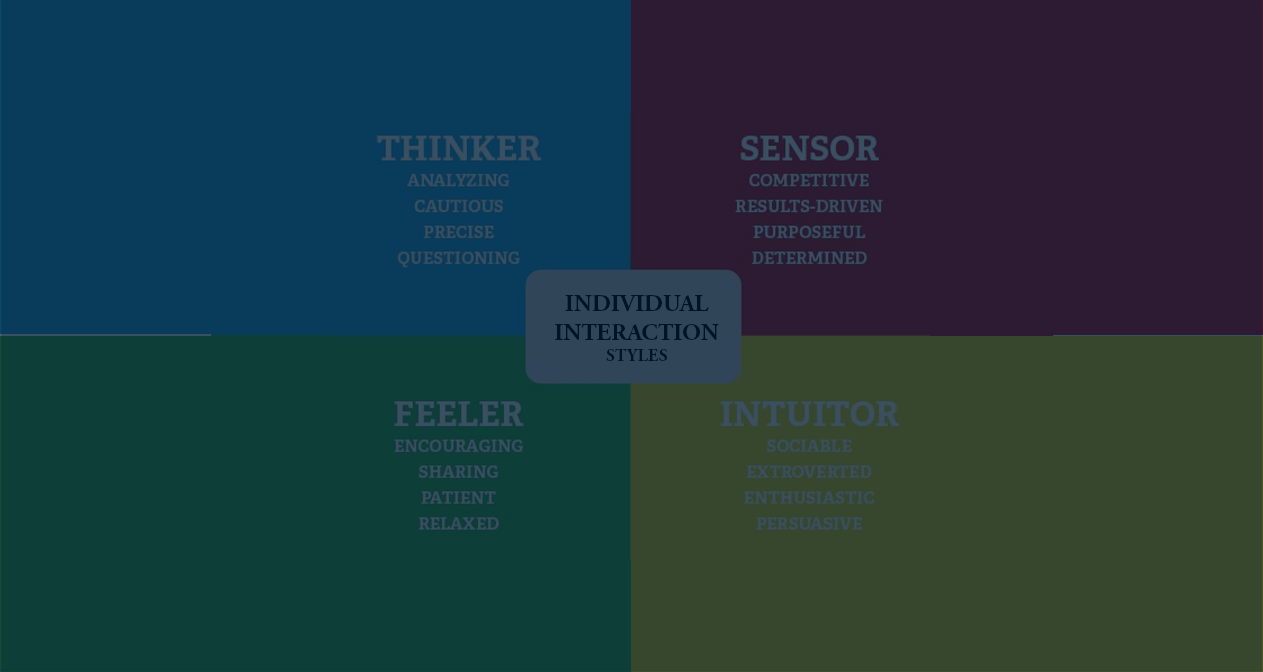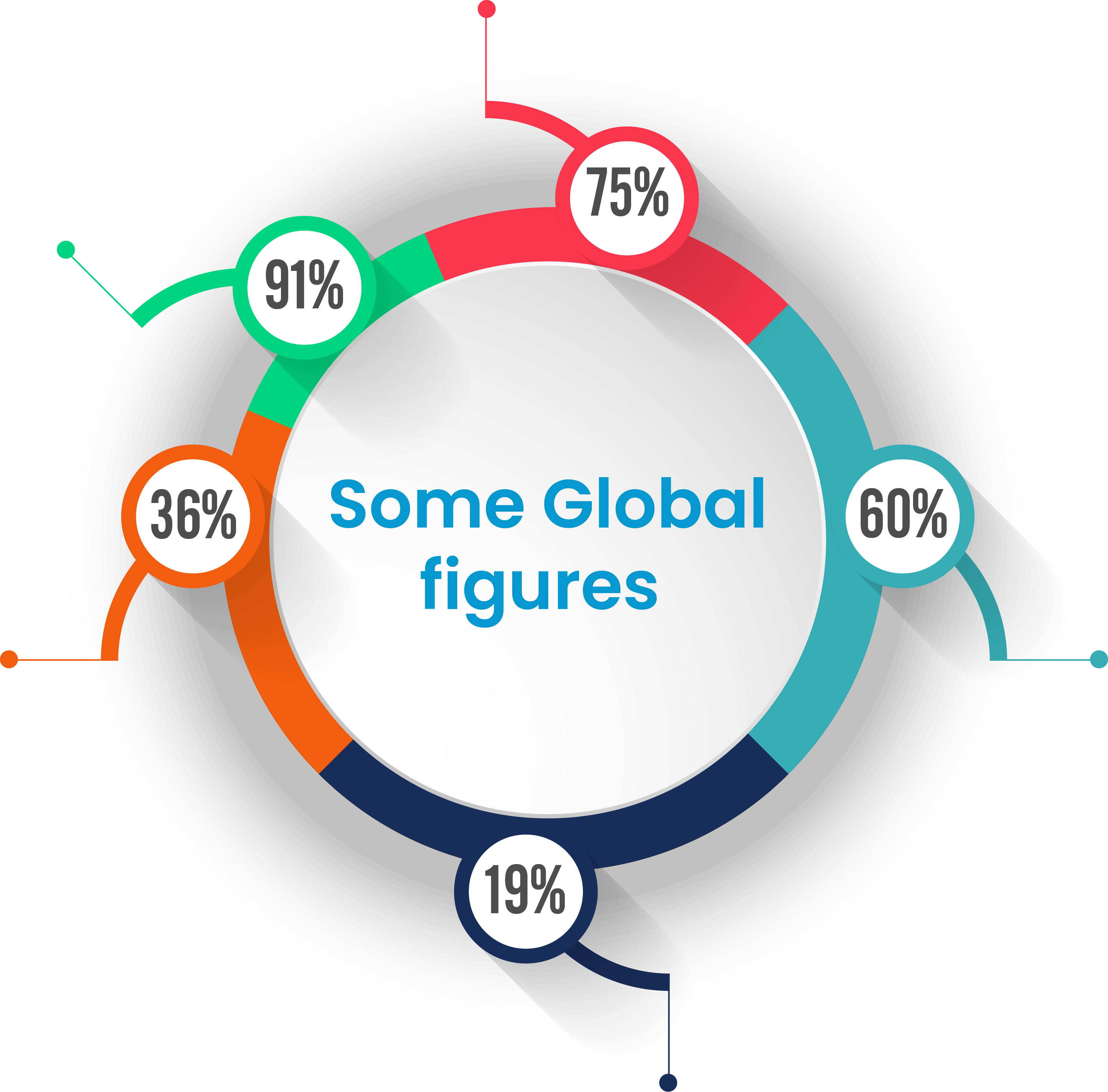






 Advantage
Advantage
Fortune 500 companies use psychometric tests to make leadership hiring decisions
Leaders who took psychometric tests had significant improvement in their self-awareness, which is critical for leadership development
Improvement in leadership effectiveness when integrated with other developmental strategies like coaching or training
Reduction in leadership turnover. Leaders with better self-awareness and interpersonal skills are more likely to stay longer
High-potential leaders identified through psychometric tools perform better in leadership roles.

Analyzing psychometric assessment results for leadership development involves a structured approach to extract meaningful insights and actionable data. Here’s how to analyze these results effectively:
By thoroughly analyzing psychometric assessment results, organizations can create effective leadership development strategies that build on strengths, address weaknesses, and foster growth aligned with both the leader's role and the company’s needs.
